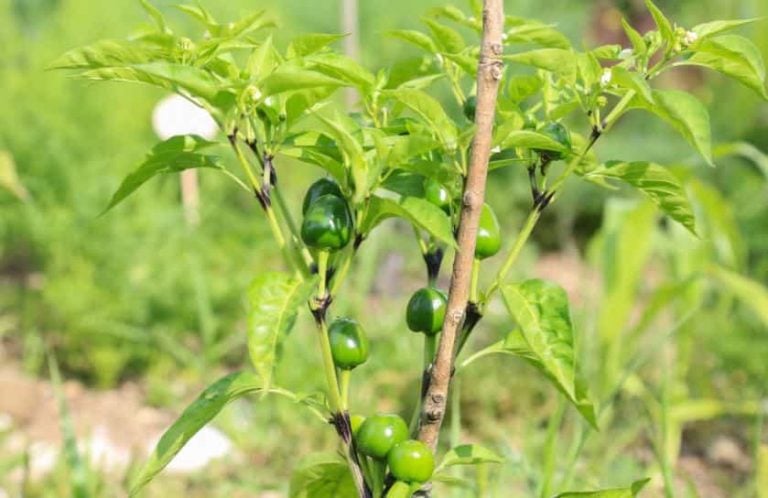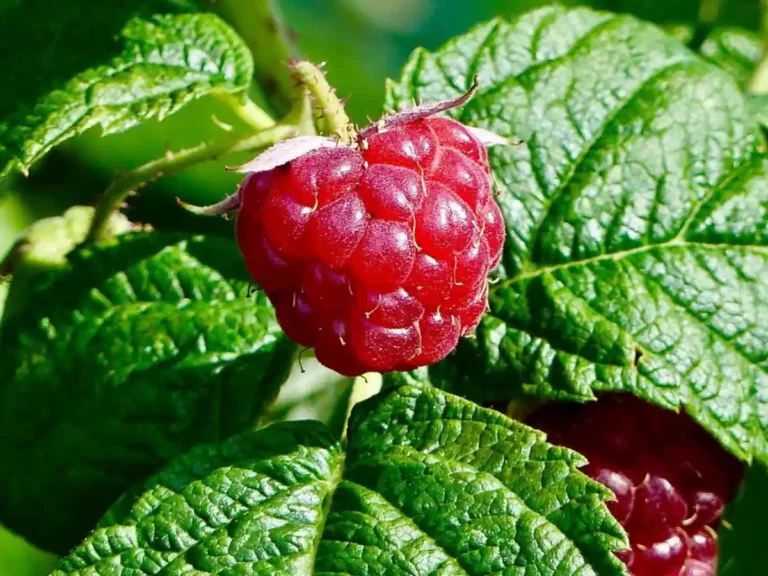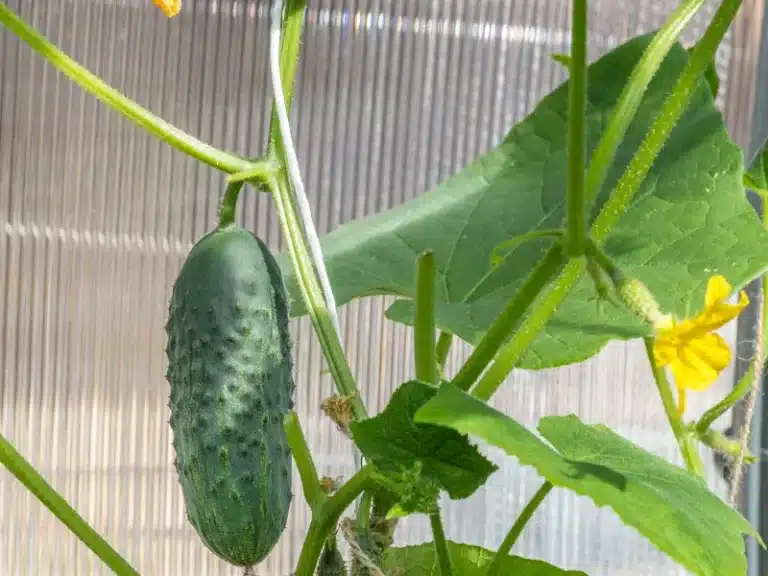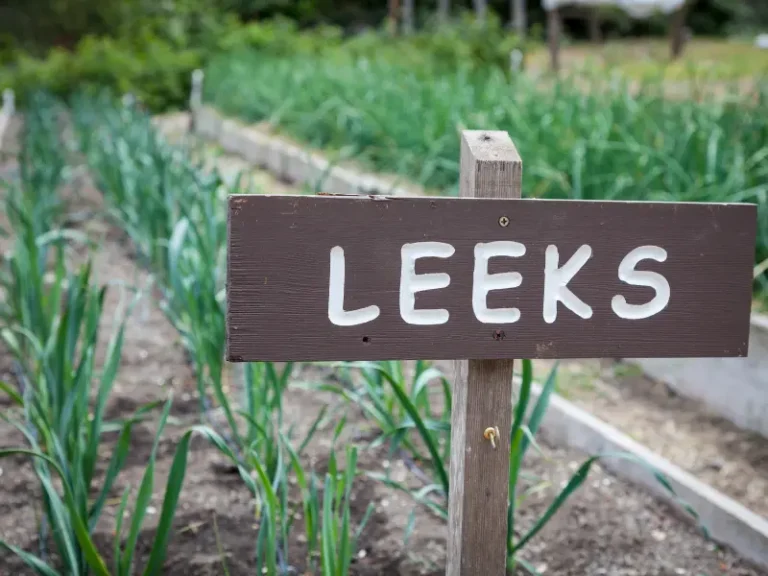8 Dill Companion Plants I Recommend (with Benefits)
The right companion plants for dill (Anethum graveolens) can play a crucial role in supporting the herb’s growth and development. The herb is great at attracting beneficial insects like ladybugs and honeybees that prey on common garden pests.
The best companion plants to pair with dill include cucumbers, tomatoes, chervil, onions, lettuce, asparagus, alliums, and basil. Avoid pairing dill with plants such as umbellifers, pepper, and carrots, as they don’t blend well in the garden.
Before I dive deeper into good pairs to plant next to dill, here’s some basic information about the plant:
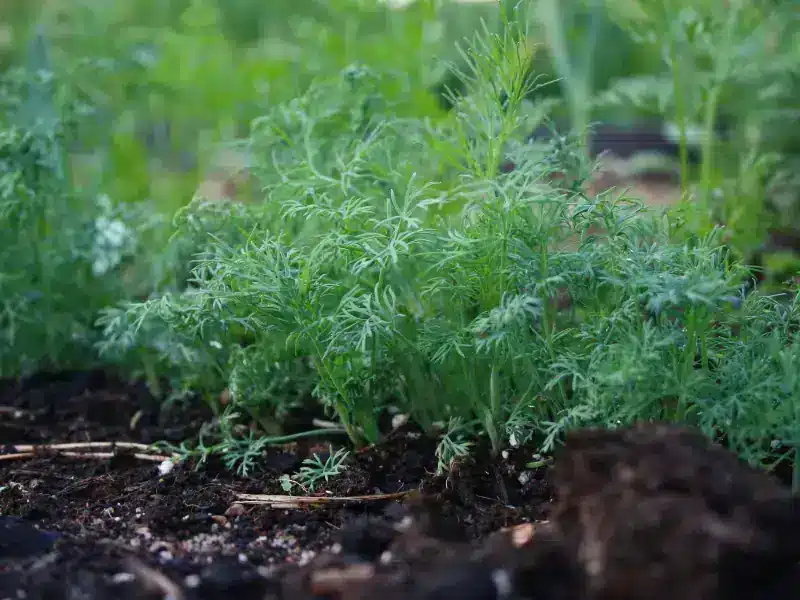
| Feature | Information |
| Scientific Name & Classification | Anethum graveolens; Apiaceae family |
| Origin | Native to the Mediterranean region, but widely cultivated throughout the world |
| Type of soil | Well-drained soil, but dill can tolerate a variety of soil types |
| Soil pH | 6.0 to 6.5 |
| Temperature | Prefers cool to moderate temperatures |
| Sunlight | Full sun to partial shade |
| Harvesting | You can harvest leaves at any time, but the best flavor is just before the plant flowers |
| Common Pests | Aphids, spider mites, and slugs |
| Common Diseases | Downy mildew, root rot, and wilt |
Let’s explore which garden plants you should pair with dill and why choosing the right companion plants is important.
How to choose companion plants for dill
To ensure a successful pairing of dill and companion plants, consider the following features:
- Height: Dill can grow quite tall, reaching up to 3-4 feet in height, so choose companion plants that won’t be disadvantaged by this height.
- Water requirements: Dill is a drought-tolerant herb that doesn’t require a lot of water. Therefore, pair it with plants of similar water needs to avoid underwatering them.
Top 8 plants to pair with dill
Here are the best companion plants for dill:
| Dill companion | Benefit |
| Asparagus | – Protects against cutworms, asparagus beetles, and spider mites. – Improves soil health with deep tap roots – Attracts beneficial insects like ladybugs and lacewings |
| Tomatoes | – Natural pest control for tomatoes – Increases tomato flowering by attracting pollinators – Maintains soil moisture with large leaves – Note: mature dill can inhibit fruit growth in tomatoes |
| Cucumbers | – Repels spider mites and attracts braconid wasps that feed on cucumber beetles – Should be spaced about 3-4 feet apart and watered once a week at the base of the plants |
| Chervil | – Increases soil health by supplying essential nutrients – Repels pests like aphids and spider mites – Should be planted in a well-lit spot and spaced 18-24 inches apart |
| Onions | – Repels pests like slugs, spider mites, aphids, and onion maggots – Provides shade with its tall height – Should be planted in spring and harvested in summer |
| Lettuce | – Acts as a weed suppressor and won’t compete with dill for sunlight – Should be sown in shallow holes and spaced 20 inches apart – Should be fertilized with organic fertilizer and kept moist |
| Basil | – Repels pests like mosquitoes, flies, and aphids – Enhances the flavor of tomatoes and other vegetables – Should be spaced about 18-24 inches apart and kept moist |
1. Asparagus
This flowering perennial plant is one of the most pest-prone plants. It is susceptible to pests like asparagus beetles, aphids, thrips, cutworms, and spider mites that feed on its foliage and spread diseases.
Planting asparagus alongside dill will protect it from cutworms, asparagus, and spider mites that cause yellowing on the leaves. Furthermore, the herb will attract beneficial insects like ladybugs and lacewings that prey on aphids and thrips.
Asparagus’s deep tap roots help improve soil health by breaking up compacted soil and enhancing water and nutrient availability in the root zone. Hence, encouraging the growth of dill.
2. Tomatoes
Tomatoes and dill make excellent companion plants.
Dill is a natural pest control for tomatoes. It attracts beneficial insects like wasps that parasitize tomato hornworms that bore holes into mature tomato fruits. Additionally, dill attracts pollinators like bees that help increase tomato flowering.
On the other hand, tomatoes protect dill by maintaining soil moisture with their large leaves, lowering the danger of dry soil in dill and other garden plants.
Space the plants atleast 3-4 feet apart in your garden.
Pro tip: Once dill matures up, it inhibits fruit growth in tomatoes. In this case, make sure you pick tomato fruits before dill matures and spreads. Or plant tomatoes first, allow them to grow a few inches tall, then introduce dill in the bed.
3. Cucumbers
Cucumbers benefit when combined with dill in the garden. Pests like cucumber beetles and spider mites invade your cucumbers, causing the foliage to develop yellow spots.
Fortunately, instead of using artificial pesticides, you can prevent this by planting cucumber near the dill. Dill has a repelling effect on spider mites and attracts braconid wasps that feed on cucumber beetles.
While companion planting dill and cucumber allow a spacing of about 3-4 feet apart, water them atleast once every week. Ensure you water at the base of the plants to prevent fungal infections on the foliage.
4. Chervil
Chervil (Anthriscus cerefolium) is a fragrant annual herb that works well as a dill companion plant.
Chervil has been proven to increase soil health by supplying essential nutrients to the soil, such as nitrogen, phosphorus, and potassium. This will benefit the health and yield of dill, which is a strong feeder.
The annual herb is also a natural pest repellent for dill, repelling pests like aphids and spider mites that attack dill. This can assist in reducing the use of chemical pesticides in your garden, improving its general health and being free from pests.
Choose a well-lit spot in your garden to plant both dill and chervil. Sow the seed in ¼ inch-deep holes with a spacing of about 18-24 inches apart. Then water light once every week.
5. Onions
Onions are a valuable addition to any garden space. Due to its strong odor, it is well known for its ability to repel several pests, including slugs, spider mites, aphids, and onion maggots. That will benefit your dill since they will be protected from those pests.
Additionally, onions have shallow roots. Hence they are unlikely to compete for nutrients and water with dill. On the other hand, the dill’s tall height gives shade to the lower-growing onions.
Onions are easy-to-grow vegetables that will require low maintenance. Plant them during spring and harvest them during summer.
6. Lettuce
Lettuce as a companion plant can be a great way to maximize the use of your garden space. It spreads about 12 inches tall on the ground, forming the perfect weed suppressor. This means it won’t compete with dill for sunlight.
Sow lettuce seeds in shallow holes with a spacing of about 20 inches from each other to allow space for growth. Fertilize the soil with organic fertilizer and keep the soil moist for healthy growth.
7. Alliums
Alliums are a group of flowering plants known for their ornamental flowers that bloom for a long time. They add an aesthetic appeal to your garden. Despite that, alliums repel aphids, moths, Japanese beetles, and rabbits, making them useful as companion plants for dill.
On the other hand, dill attracts beneficial insects like wasps that feed on leaf miners that feed on alliums’ leaves, leaving white and yellow spots behind. That makes a combination of dill and alliums in your garden mutually beneficial.
Furthermore, like dill, alliums are low-maintenance plants that are drought tolerant, requiring little watering.
Plant the alliums 6 to 12 inches apart and fertilize them once every week with a nitrogen-rich fertilizer.
8. Basil
Basil is another herb that grows well alongside dill. Both herbs prefer 6 to 8 hours of sunlight daily and well-draining soil to thrive, making them an excellent match as companions.
Both basil and dill are known for their strong, aromatic scent. The strong odors ensure your garden is free from pests like asparagus beetles, aphids, and thrips.
Therefore, plant basil on the edge of your garden with a spacing of 12 inches in between.
Plants not to pair with dill
Despite being one of the best companion plants for a wide range of garden plants, such as cucumber, basil, and asparagus, dill isn’t a good fit for everything.
Let’s see the reasons!
Among these plants are:
- Umbellifer: These are vegetables belonging to the Umbelliferae (Apiaceae) family. They include vegetables like carrots and celery. If planted near dill, the plants might cross-pollinate and produce either awful-tasting carrots or dills.
- Lavender: Dill is an upright plant that may grow up to 4 feet tall, whereas lavender is a herb that grows low on the ground. The taller dill can shade the lavender when grown closer to each other, decreasing its ability to photosynthesize and develop appropriately.



